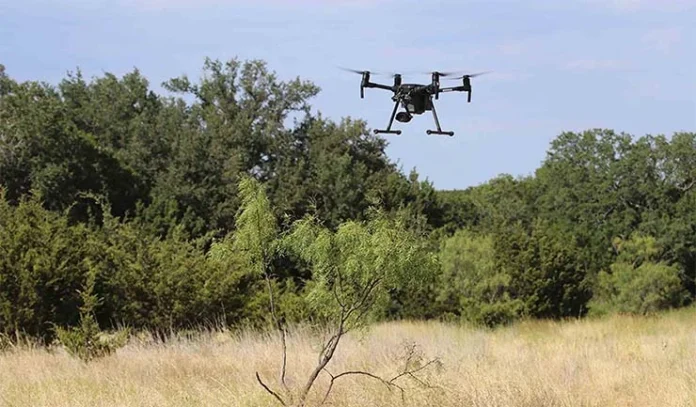The main military intelligence agency of the Pentagon has been using publicly available information to monitor Russia’s activities in Ukraine. The Defense Intelligence Agency recently allowed a few reporters to see pieces of drones that were made in Iran and used by Russia in their conflict with Ukraine. They mentioned that information available to the public has played a big and important role in gathering intelligence.
“When we have a need to monitor the Russian military and their aggression, we rely on information from the general public worldwide.”
A senior defence intelligence official explained to reporters that there is a lot more data available outside of the intelligence community’s collection efforts. Therefore, they are becoming more organised in utilising this information, which is proving very helpful in understanding what is happening.
The White House has raised concerns about Iran and Russia strengthening their defence relationship, and the Defense Intelligence Agency (DIA) confirmed that Russia had been using drones made in Iran. Although Iran previously admitted to sending drones to Russia before the war started, they denied any ongoing involvement. However, there have been reports and public accusations suggesting that Iran has been providing materials and collaborating with Russia to build a factory. Declassifying this information is part of a larger effort to combat disinformation, according to officials.
Experts explained to reporters how they examined drone components recovered from the Middle East and Ukraine. These drones were confirmed to be made in Iran based on factors like their design, specific features, and materials used, including a unique “honeycomb” lining found between the layers of the devices. The experts also cross-referenced classified intelligence with publicly available information to confirm their findings.
Defence intelligence officials stated that news reports in April 2022 were the initial indication of the Iran-Russia drone collaboration. They added that open-source intelligence serves as a significant source of inspiration for their work.
Making such attributions is a regular part of intelligence work, but for the Defense Intelligence Agency (DIA), piecing together information from open source intelligence is a newer approach.
Most of the information about the situation in Ukraine is readily available through open sources, such as social media. We were able to gather this information from sources that had already attributed it to Ukraine. This made it difficult for disinformation to be spread against it. The analyst was referring to a public report on Iran-made UAVs in Ukraine that was based on this open source information.
“We were able to compare our classified photographs and determine that the Shahed-136 drone seen in Kyiv was indeed the same as the one seen elsewhere. There was no mistaking its location or confusing it with a different place, like Yemen,” the analyst added.
The DIA established the Open Source Intelligence Centre about four years ago to formally develop the practice of collecting and analysing open source intelligence (OSINT). This type of intelligence is gathered from various sources like social media, news reports, and publicly available databases, with a specific focus on foreign military targets.
“This type of report isn’t something we usually release. We don’t usually share this kind of information with the public. But thanks to the information we found on social media and from the press, we were able to compare it with the classified information we had and create this report. There was a lot of valuable information we could gather because of the technology and resources available now that wasn’t possible in the past,” the DIA official said.
Social media platforms and news organisations have helped to make the intelligence collected by DIA and other government agencies more credible, which was not possible a decade ago. The combination of different types of intelligence, such as human sources and signals, combined with open-source information and AI algorithms, has been very important in this process.
The ability to combine different sources of data, like open-source information and classified intelligence, with the help of AI algorithms has changed the way analysts work. Instead of just knowing the basic facts, they can now dive deeper into understanding the reasons behind events. This means that they can gather a lot of valuable information from various sources and then use AI to sort through and prioritize what is most important to focus on.
–The author of this article is a Defence, Aerospace & Political analyst based in Bengaluru. The views expressed are of the author and do not necessarily reflect the views of Raksha Anirveda
-The author is a Defence, Aerospace & Political Analyst based in Bengaluru. He is also Director of ADD Engineering Components, India, Pvt. Ltd, a subsidiary of ADD Engineering GmbH, Germany. You can reach him at: girishlinganna@gmail.com. The views expressed are personal and do not necessarily carry the views of Raksha Anirveda






